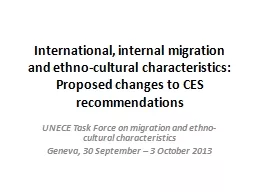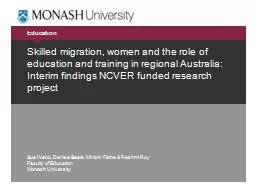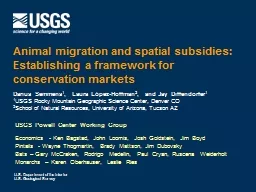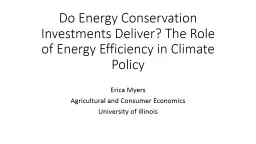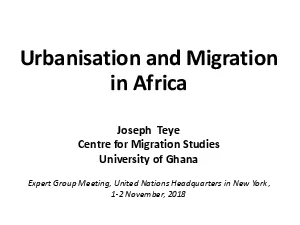PDF-Loyals, Stayers, Returners and Incomers: raduate migration patterns ..
Author : jane-oiler | Published Date : 2015-08-13
Type text Charlie BallFebruary 02 February 2015 written by Charlie BallHead of Higher Education Intelligence at ProspectsLoyals Stayers Returners and Incomers graduate
Presentation Embed Code
Download Presentation
Download Presentation The PPT/PDF document "Loyals, Stayers, Returners and Incomers:..." is the property of its rightful owner. Permission is granted to download and print the materials on this website for personal, non-commercial use only, and to display it on your personal computer provided you do not modify the materials and that you retain all copyright notices contained in the materials. By downloading content from our website, you accept the terms of this agreement.
Loyals, Stayers, Returners and Incomers: raduate migration patterns ..: Transcript
Download Rules Of Document
"Loyals, Stayers, Returners and Incomers: raduate migration patterns
.."The content belongs to its owner. You may download and print it for personal use, without modification, and keep all copyright notices. By downloading, you agree to these terms.
Related Documents




